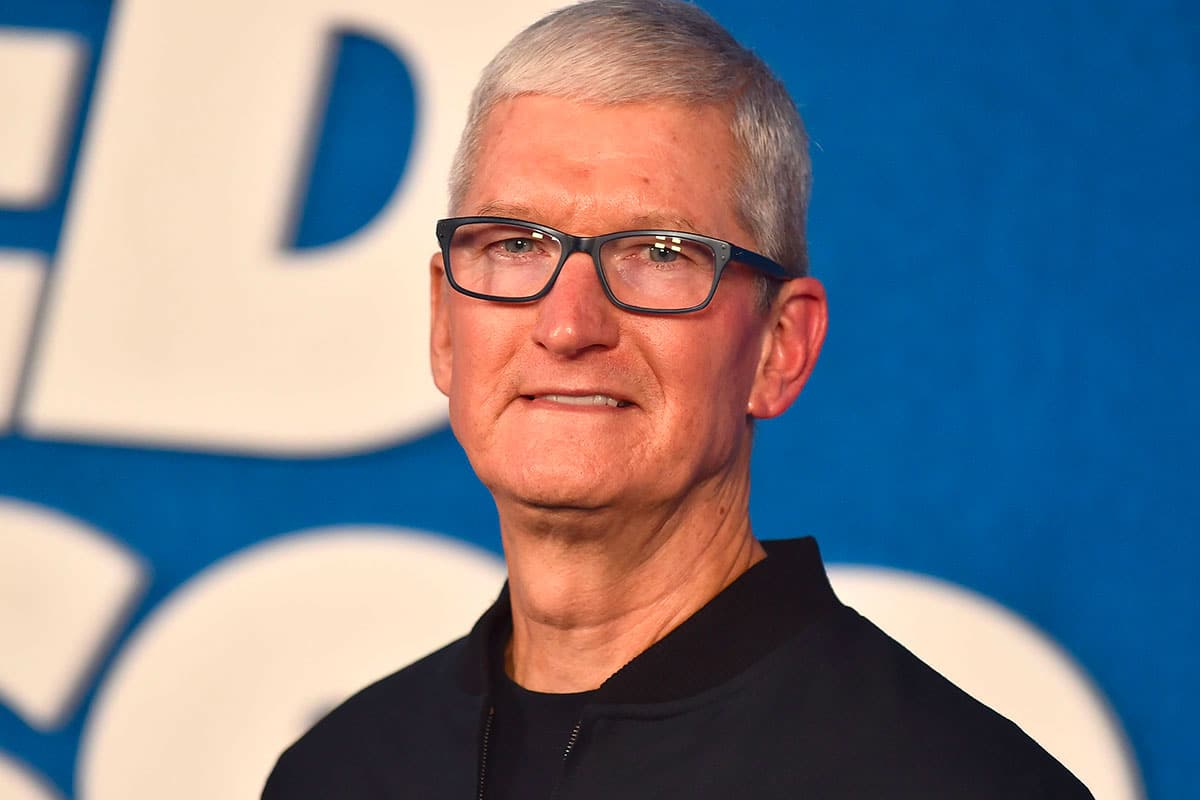Lately, Silicon Valley has been buzzing with a shift that might completely change the way we use tech. Big names in the industry are mulling over a future where smartphones might not be at the center of our digital world anymore. This idea goes beyond just new gadgets—it also shows a different way of thinking about how technology could slide into our everyday lives more naturally.
Leaders paving the way
Well-known figures like Elon Musk, Mark Zuckerberg, Sam Altman, and Bill Gates are driving this move toward a time after smartphones. Each of these tech heavyweights is backing different innovative solutions aimed at making traditional handheld devices a thing of the past.
Elon Musk, via his company Neuralink, is breaking ground with brain-computer interfaces. The idea here is to get rid of the need to physically interact with gadgets by letting people control tech just using their thoughts (think of it as a direct mind-to-tech connection). Neuralink has even implanted its brain chips in two human subjects, marking a big step forward in this ambitious project.
On another front, Bill Gates is giving his support to Chaotic Moon, a company from Texas that’s working on electronic tattoos. These tattoos use nanosensors to gather and send data and could be used for everything from tracking health to communication and geolocation (which means they could help in figuring out where you are). This fresh approach could change how we keep tabs on our health and interact with our surroundings.
Mark Zuckerberg, the CEO of Meta, imagines a day when augmented reality (AR) glasses take the place of smartphones—hopefully by 2030. These AR glasses would project digital information right into what you see, giving users an immersive experience that fits right in with Meta’s bigger plans for AR and the metaverse. Zuckerberg’s aim to “step beyond screens” shows his drive to completely change how we get online.
Apple’s steady game plan
While some of the big tech players are going all in on drastic changes, Apple, led by Tim Cook, sticks with perfecting what we already know works—our smartphones. The launch of the iPhone 16, loaded with advanced AI features, highlights Apple’s approach of improving current tech bit by bit. Tim Cook keeps saying it’s better to enhance what people already love rather than starting over entirely. This way of thinking reflects Apple’s belief that smartphones will continue to be a big part of our lives, even as AR and AI technologies slowly become more part of the mix.
Different ways of looking at tech progress
Today’s tech scene shows two very different mindsets in the industry. On one side, innovators like Musk, Zuckerberg, Altman, and Gates are all about weaving technology directly into our bodies or the environment (pushing beyond the usual screens and gadgets). On the other, there’s Apple, which is busy fine-tuning what’s already working while carefully adding new touches like AR and AI.
These different approaches clearly show there’s more than one way to make our tech experiences better. Some are betting on bold, head-turning changes that could totally alter how we interact with our devices, while others prefer to gradually improve the tools we already depend on every day.
As Silicon Valley keeps chasing new ideas, these varied strategies will likely shape not just what products hit the market but also how we, as consumers, figure out what future tech interactions will feel like. The ongoing changes in Silicon Valley bring both challenges and chances for people everywhere who must adapt to a fast-evolving tech world that’s set on shaking up long-held ways of doing things (a real sign of our unending drive toward progress).








